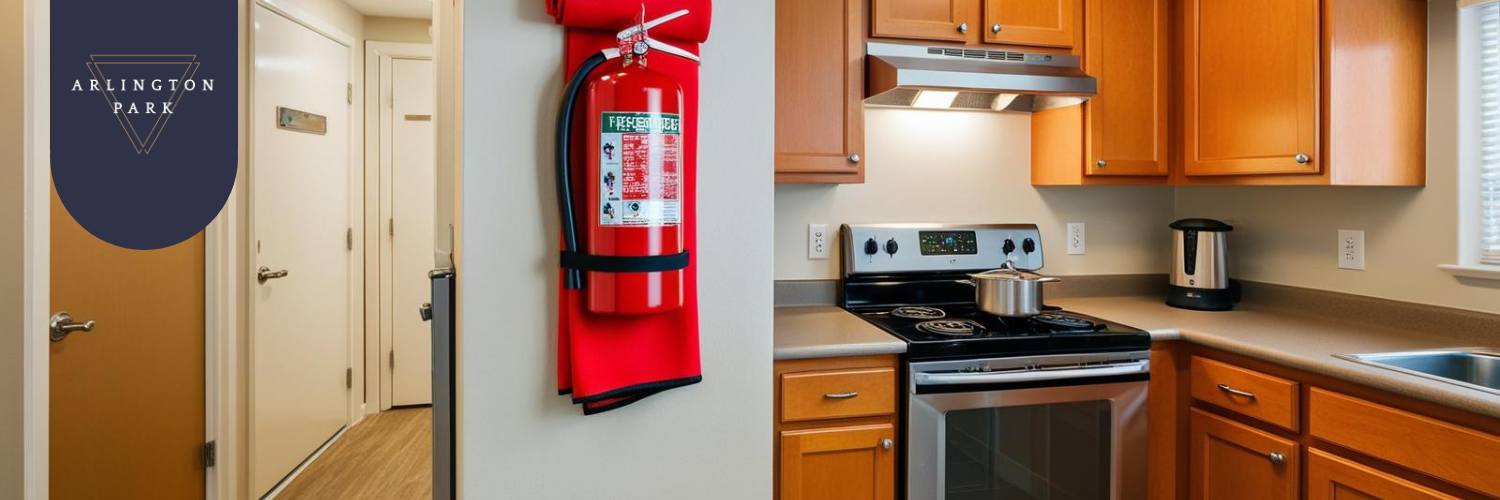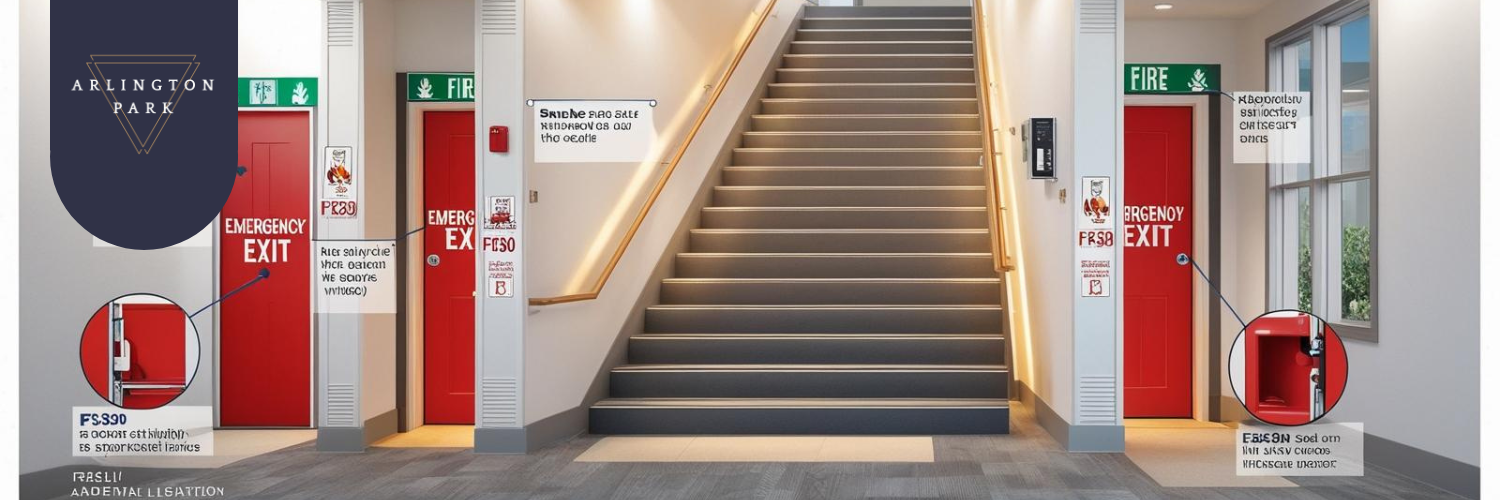November, 2024
Essential Fire Safety Standards for Private Rented Housing
Fire safety is a fundamental responsibility for landlords and property managers. Norwich City Council has developed a comprehensive guide to help landlords comply with fire safety standards in private rented housing, especially Houses in Multiple Occupation (HMOs).
Fire safety involves three critical aspects:
Different property types require varying levels of precautions, guided by a thorough risk assessment.


Grade D fire detection systems require regular testing to ensure effectiveness. Monthly testing involves the following:
To comply with regulations, landlords must keep a detailed log of all tests and maintenance activities. This log should include the date, the name of the tester, and any actions taken. A suitable log book can be purchased here: HMO Fire Safety Log Book on Amazon.
As legislation evolves, landlords and property managers must stay updated with current standards. Fire safety isn’t just about meeting legal requirements—it’s about protecting lives and property.
For further guidance, visit the Norwich City Council website.
